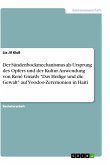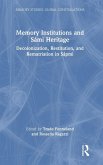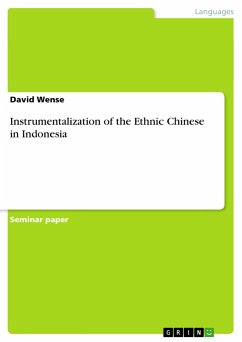Since the humanitarian response to the 1994 Rwanda genocide, there has been a growing body of literature on quality and accountability in humanitarian action. One of the most recent trends has been a focus on humanitarian cooperation between the governments of disaster affected countries and other humanitarian actors. The research presented in this book builds on this trend by comparing two governmental recovery agencies, namely the Interim Haiti Recovery Commission (IHRC) and the Aceh Nias Rehabilitation and Reconstruction Agency (BRR).Through a review of the literature on policy transfer, the creation of an integrated conceptual/analytical framework for policy transfer and the application of Lijpharts comparative method, the research attempts to identify both whether or not policy transfer occurred between the two contexts, as well as the possible causes for the difference in both agencies ability to build back better. The outcomes of the research are then used to suggest possible areas of future research and related hypotheses.
Bitte wählen Sie Ihr Anliegen aus.
Rechnungen
Retourenschein anfordern
Bestellstatus
Storno








